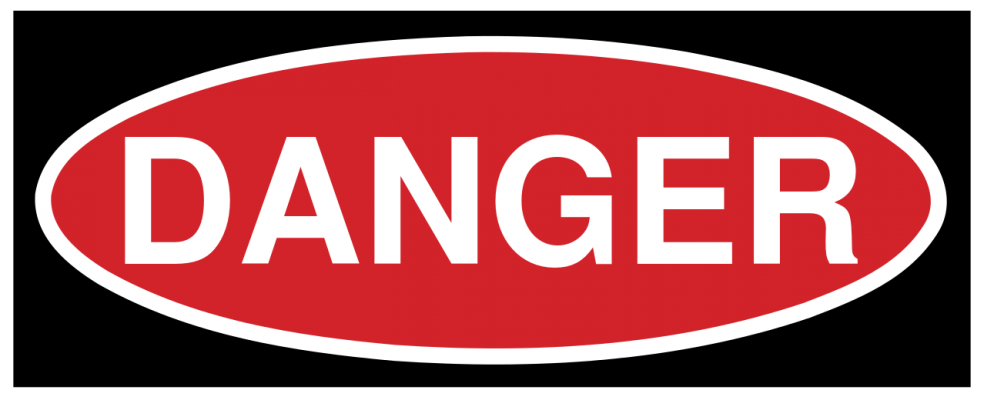With the move towards a phase down of HFCs, manufacturing groups have warned against using unapproved refrigerants in equipment not designed for their use.
The warnings are contained in an open letter signed by nine associations representing 90% of the world’s air conditioning and refrigeration manufacturers. They include ABRAVA (Brazil), AHRI (USA), AREMA (Australia), CRAA (China), EPEE (Europe), Eurovent (Europe), HRAI (Canada), JRAIA (Japan) and KRAIA (Korea).
The associations point out that equipment manufacturers choose refrigerants as part of overall equipment design and the need to balance performance, energy efficiency, safety, longevity of equipment, ease of use, cost, environmental characteristics, and other attributes.
In the letter, the associations express “great concern” at the increased safety and environmental risks associated with the use of refrigerants in refrigeration and air conditioning equipment that are not specifically designed for their use.
It calls on the service industry to only use a refrigerant approved by the original equipment manufacturer and encourages governments “to work with industry to make the entire HVACR supply chain and the public aware of these cautions and if necessary to regulate and develop enforcement regimes”.
The phase-out of HCFCs and planned phase-downs of HFCs have brought dozens of low/lower GWP alternatives, some of them “natural” and some man-made. Only a few are designed as, and approved by manufacturers as, “drop-in” replacements. Many exhibit very different characteristics, including higher pressures, flammability and toxicity, to the refrigerants they are designed to replace.
Retrofits being encouraged
AREMA is thought to have been one of the driving forces behind the announcement. Greg Picker, the association’s technical and policy advisor told the Cooling Post that inappropriate and potentially dangerous retrofits had been actively promoted in Australia, Africa, PNG, Indonesia and other parts of Asia. “There have been accidents in many of these jurisdictions,” he said.
“We have also seen revitalised attempts to encourage retrofits in Europe, Canada, US and Japan – though to a much less degree than other places,” he added.
In 2008 a fireman died and seven were injured in an explosion at a coldstore in New Zealand. The officers were unaware that the R22 system had been retrofitted with a flammable hydrocarbon refrigerants. In 2010, also in New Zealand, an engineer received burns to his face and hands when working on a coldstore evaporator that had similarly been retrofitted with a hydrocarbon.
A fatal air conditioning explosion and fire in 2013 in Hong Kong was blamed on the use of “unsuitable and flammable” refrigerants. The incident in a restaurant also injured more than 20 people.
Earlier this year the US Environmental Protection Agency repeated warnings of the dangers of using hydrocarbon refrigerants as substitutes for R22 in existing equipment. The EPA warned that using a propane-based refrigerant in a vehicle or home air conditioner that is not designed to use flammable refrigerants poses a threat to homeowners as well as service technicians.
While it has not been a problem in Europe so far, Andrea Voigt, director general of EPEE warned of what might happen as the region moved towards lower GWP refrigerants.
“It is important to caution against unsafe practices which include topping up and/or retrofitting with refrigerants for which the installations have not been designed in the first place,” she said. “Problems include performance but of course also safety and warranty issues for OEMs, in particular looking at the presumably more wide-spread use of flammables in the future.”
“AHRI supported this document to address concerns about how some refrigerants are used in the field,” said James Walters, the US association’s vice president, international affairs. “Equipment is manufactured to use certain types of refrigerants with consideration of function, energy efficiency, and safety. When the incorrect refrigerant is used in equipment, there are safety and environmental risks.”

